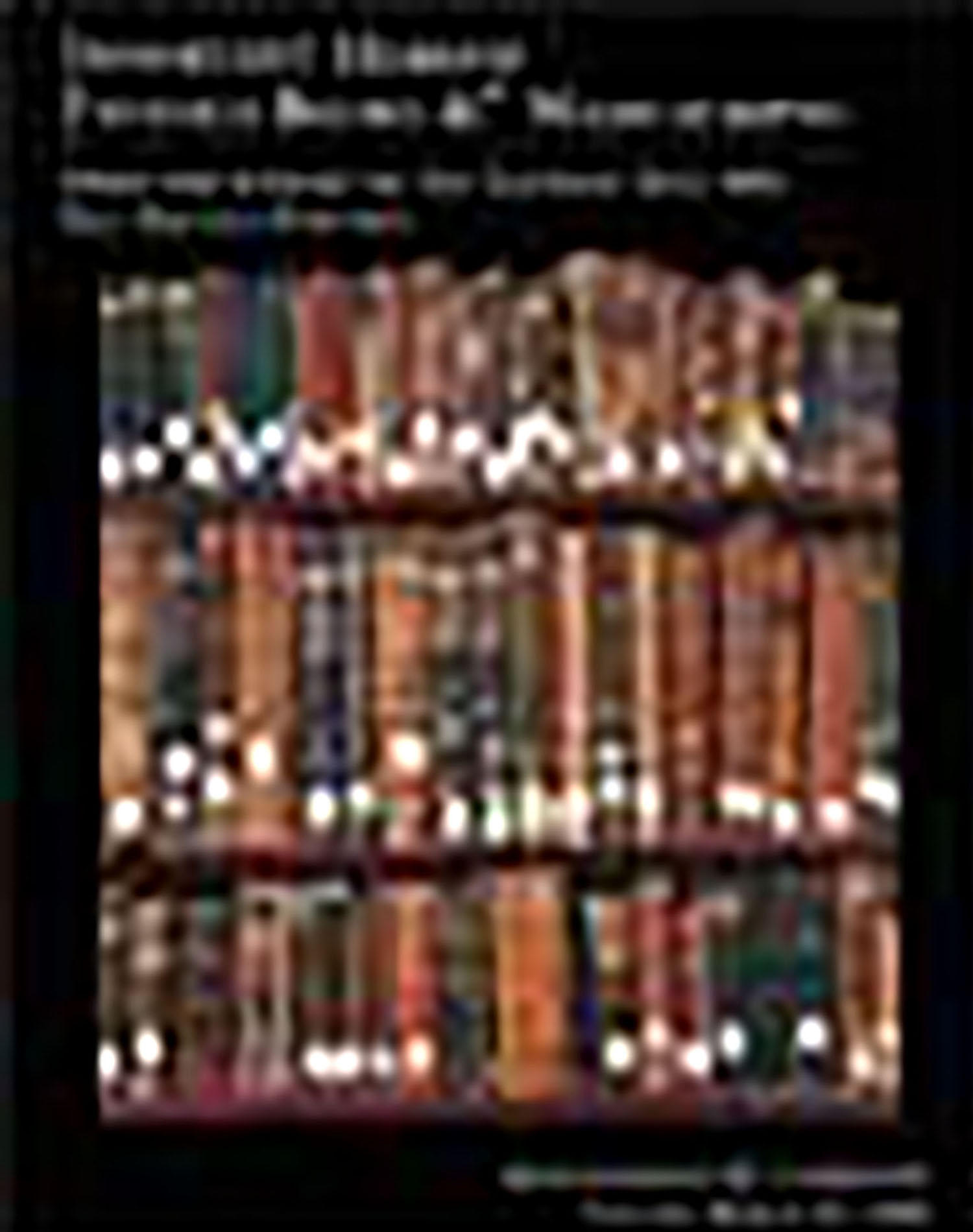MEIR BEN BARUCH (MaHaRa”M) OF ROTHENBURG

AUCTION 12 |
Tuesday, March 13th,
2001 at 1:00
Important Hebrew Printed Books and Manuscripts From the Library of the London Beth Din
Lot 300
MEIR BEN BARUCH (MaHaRa”M) OF ROTHENBURG
n.p.: 14th-15th Century
Est: $25,000 - $30,000
PRICE REALIZED $29,000
NO DOUBT THE LOST MANUSCRIPT USED BY R. N. N. RABINOWITZ FOR THE LEMBERG 1860 EDITION OF R. MEIR’S RESPONSA.
Rabbi Meir of Rothenburg (probably Worms, ca. 1215-Ensisheim 1293) was one of the greatest rabbis in the Middle Ages. In 1286 R. Meir and many other German Jews emigrated from Germany because of the harsh new anti-Jewish measures instituted by the Habsburg emperor, Rudolph I. R. Meir reached Italy, and probably was planning to continue to the Holy Land. He was renounced by an apostate and brought back to Germany. There he was imprisoned in the tower of Ensisheim, and despite the efforts to ransom him he remained in captivity until his death in 1293. He continued to write and to guide the community through responsa and to teach from prison. For a detailed study of the life and work of Rabbi Meir of Rothenburg, see: Irving A. Agus,.Rabbi Meir of Rothenburg. (Philadelphia, 1947).
Rabbi Meir's responsa are the most important 13th century source for the study and understanding of the political, social, communal, religious and spiritual life of the Jews. His responsa were copied by his disciples and were brought down in various collections. The relationship among these collections, some in manuscripts and some in printed editions, is very complicated. For a recent scholarly examination of the the complicated question of the transmission of Rabbi Meir's reponsa, see: Simha Emmnauel, Kovotzei teshuvoth Mahara"m mi-Rothenburg. (Jerusalem, 1987).
It would appear that the present manuscript is the one that was used by Rabbi Raphael Nathan Nata Rabinowitz for his edition of Rabbi Meir's Responsa (Lemberg 1860). The manuscript that served as the basis of Rabinowitz's edition was presumed to be lost, though Emmanuel has tried to reconstruct the manuscript on the basis of reasoning and some of Rabinowitz’ comments in his publication. The numerous textual correspondances between this manuscript and Rabinowitz’ edition, and the fact that he was also a dealer in Hebrew manuscripts makes it highly likely that the present one was used by him for his above-mentioned publication. There still remain a few problems and contradictions: Rabinowitz omitted fifty responsa that are included in the manuscript from his edition (See Emmanuel, p.65ff) and made other changes as well. Accordingly, this manuscript deserves a very thorough new study and a detailed comparison with Manuscript Parma 651, the other important source for R. Meir’s responsa.
Kestenbaum & Company thanks Dr. Menachem Schmelzer for his help in cataloging this Lot.
